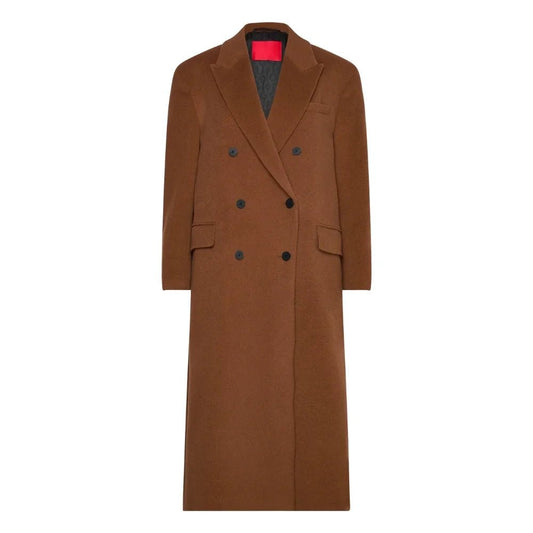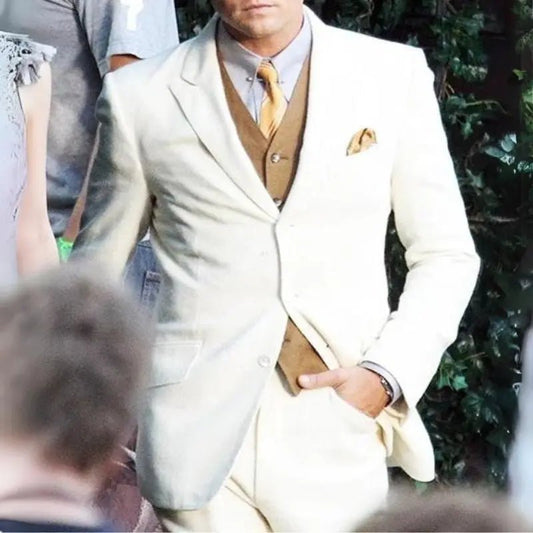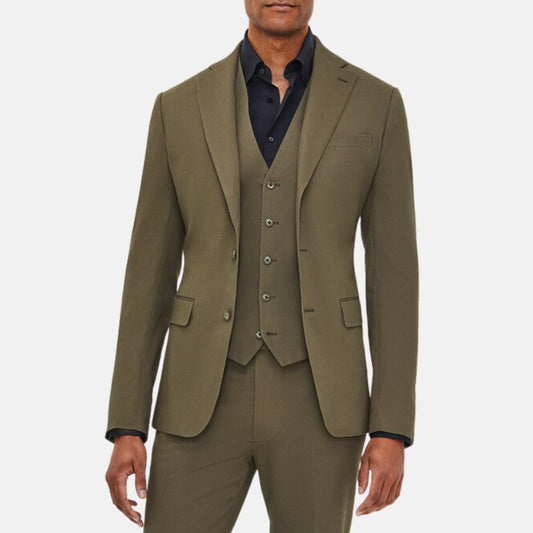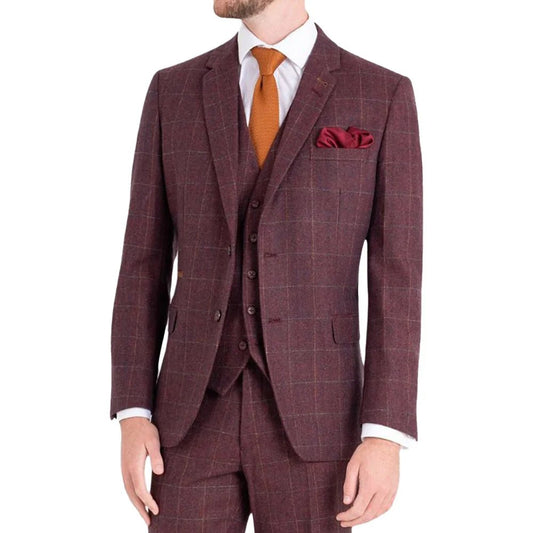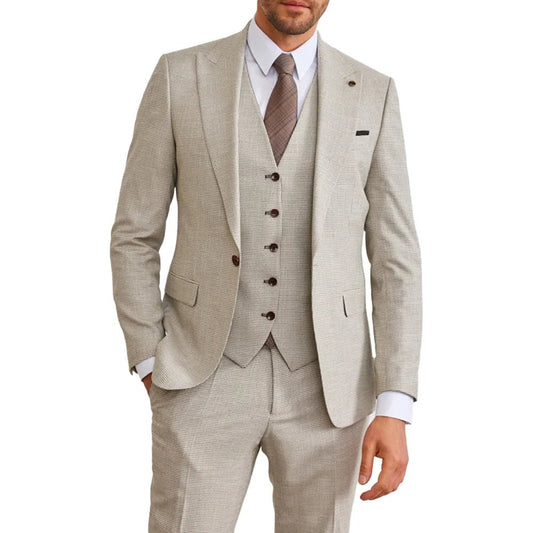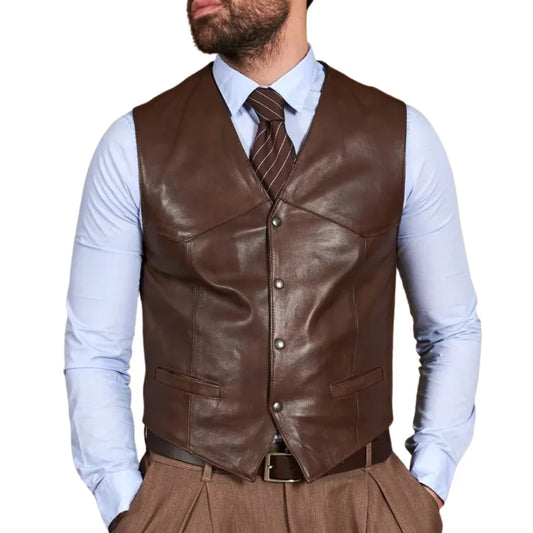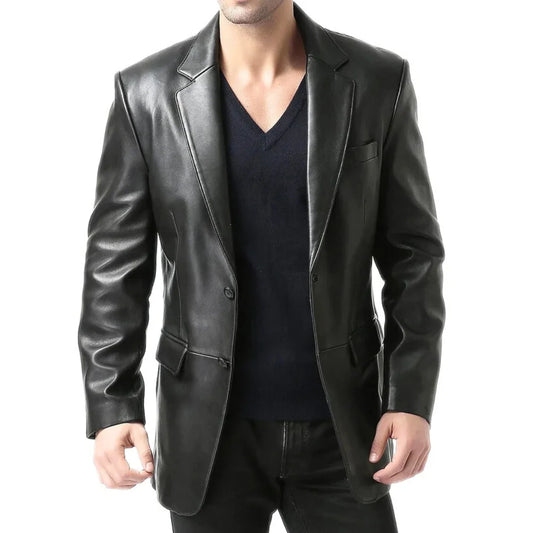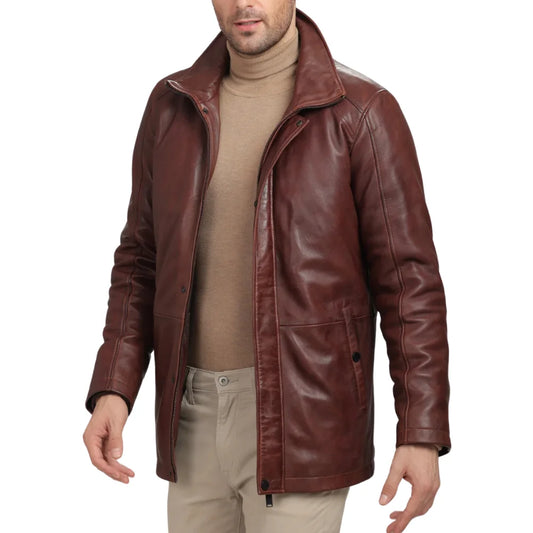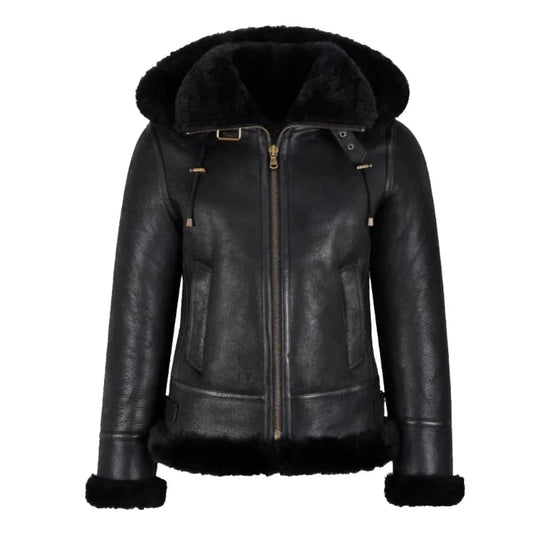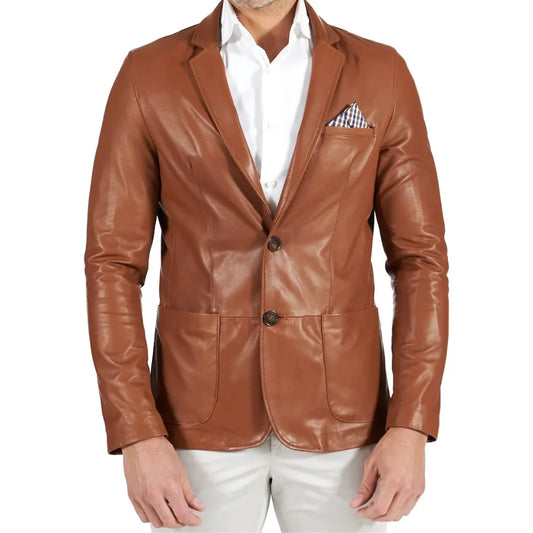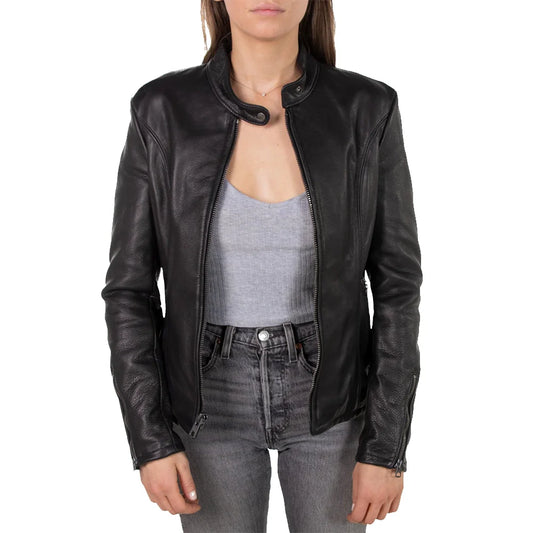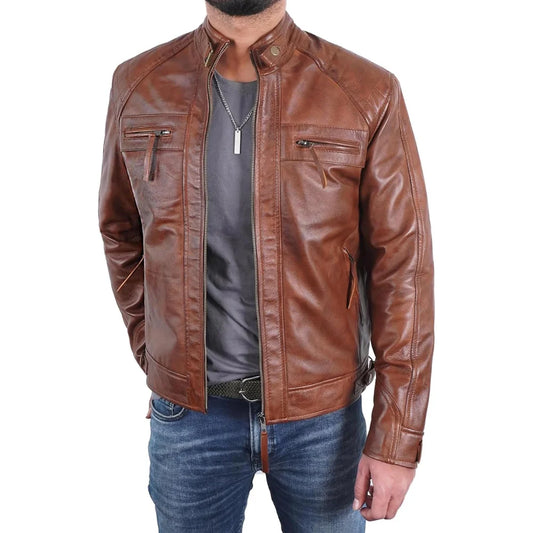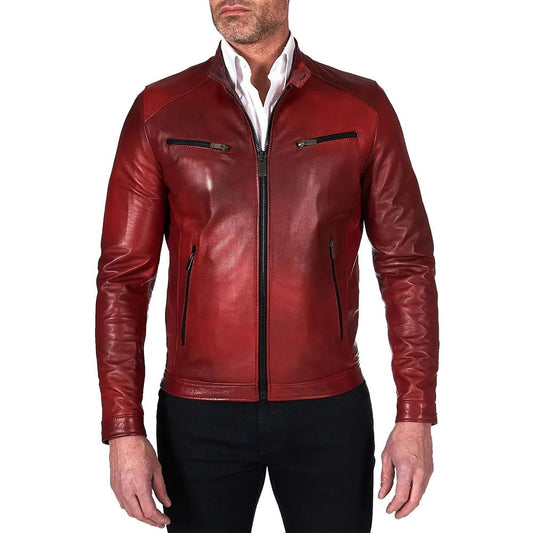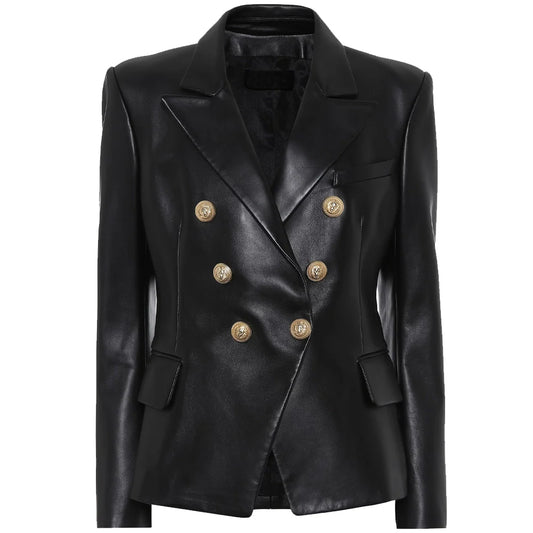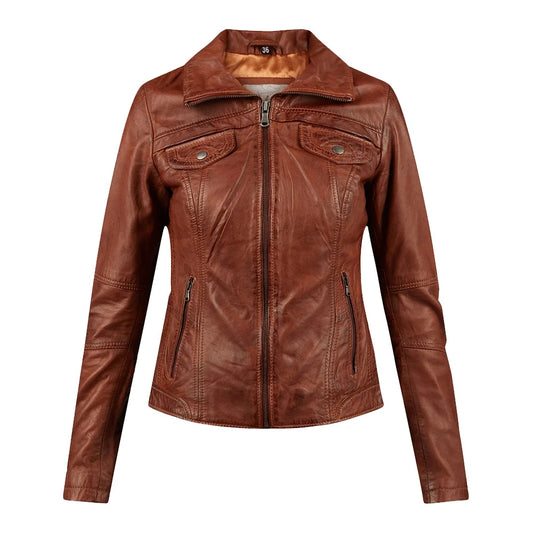Beyond Black and White: Decoding the Real Difference Between Tuxedos and Suits (Your Ultimate Style Guide)
So, you've got a big event looming – a wedding invitation arrives, a gala fundraiser pops up, or maybe it's that milestone anniversary dinner. You know you need to look sharp, but the dress code throws you: "Black Tie Optional"? "Formal Attire"? Suddenly, the age-old question hits: Tuxedo or Suit? While they might look similar at a glance to the untrained eye, confusing them is a sartorial faux pas waiting to happen. Understanding the real differences isn't just about following rules; it's about mastering the language of men's style and projecting confidence for any occasion.
Forget dry lists of features. Let's dive into the why and how these formalwear titans differ, empowering you to choose flawlessly every time.
Checkout our premium mens suits and tuxedo colletion
The Core Philosophy: Occasion Dictates Attire

The Suit: Your versatile workhorse. Designed for professional settings, business meetings, daytime events (like weddings suits), cocktail parties, smart dinners, and semi-formal gatherings. It’s about polished sophistication adaptable to many contexts.
The Tuxedo (Dinner Jacket): The undisputed king of evening formalwear. Its natural habitat is strictly "Black Tie" events: galas, premieres, upscale evening weddings, award ceremonies, and very formal dinners. It signals peak elegance and respect for the occasion's tradition.
The Visual Language: Spotting the Differences at a Glance

The Lapel Litmus Test: Satin is Sovereign
- Tuxedo: Features satin or grosgrain facings on the lapels. This luxurious, slightly shiny fabric creates a bold contrast against the jacket's main material (usually wool, velvet, or silk).
- Suit: Lapels are made from the same fabric as the jacket body (known as "self-facing"). No contrasting shine here – just consistent texture and color.
Button Up (or Down?): The Fastener Factor
- Tuxedo: Jacket buttons are covered in the same satin or grosgrain fabric as the lapels. Usually a single button for elegance.
- Suit: Buttons are fabric-covered or horn/plastic but match or complement the suit fabric – never satin.
The Trouser Tale: Stripes Tell the Story
- Tuxedo: Trousers feature a single satin or grosgrain braid running down the outer seam of each leg. A traditional must-have.
- Suit: Trousers have no satin stripe. Made from the same fabric as the jacket for a clean line.
The Supporting Cast: Accessories Define the Black Tie Universe

The Shirt:
-
Tuxedo: Requires a formal evening shirt. Features include:
- Marcella (Piqué) or Pleated Front
- Turn-Down or Wing Collar
- French Cuffs (cufflinks required)
- Suit: Broad options like solid colors, subtle patterns, various collars, and standard button or barrel cuffs.
The Neckwear:
- Tuxedo: Bow tie is mandatory. Standard is black silk, but patterns or midnight blue are acceptable modern touches. Neckties are a no-go.
- Suit: Neckties rule. Width, pattern, fabric, and knot style offer personal flair. Bow ties are more fashion-forward here.
The Waist Cover:
-
Tuxedo: Requires either a:
- Cummerbund: Satin waistband, pleats facing up.
- Low-Cut Waistcoat (Vest): Made of satin/grosgrain or matching fabric.
- Suit: Waist covering is optional. Belts are standard. Waistcoats are optional style elements.
The Footwear:
- Tuxedo: Patent leather oxfords are ideal. Highly polished shoes or opera pumps also work. Avoid brogued or grainy styles.
- Suit: High-quality leather shoes like oxfords, derbies, or loafers. Match color and style with the suit and belt.
The Formality Spectrum: When to Wear What

Wear a Tuxedo When:
- The invitation explicitly says "Black Tie" or "Black Tie Required".
- The event is a formal evening occasion (after 6 PM).
- You want to embody peak sophistication. Better to be overdressed than underdressed at night.
Wear a Suit When:
- The dress code is "Formal" (but not Black Tie), "Semi-Formal," "Cocktail Attire," "Business Formal," "Black Tie Optional", or a daytime event.
- It’s a business setting, less formal wedding, nice dinner, or interview.
- You want versatility. A great suit sees more wear than a tux.
Beyond the Rules: Modern Nuances & Final Thoughts
- "Black Tie Optional": Tux is always correct. A very dark suit is acceptable with a white shirt and conservative tie.
- Creative Tuxedos: Velvet, midnight blue, shawl collars, patterned bow ties – all valid modern spins if traditional elements are retained.
- The "Black Suit Trap": A black suit ≠ tuxedo. Without satin lapels and striped trousers, it’s still a suit – better suited for funerals or business.
The Takeaway: Confidence Comes from Knowing
Choosing between a tuxedo and a suit isn’t about arbitrary fashion rules – it’s about respecting the event and owning your style. A well-tailored suit helps you command presence in everyday formal settings, while a tuxedo sets the tone for life's most elegant moments.
Next time an invitation lands, you’ll decode it with ease. Walk in with clarity, dressed right, looking impeccable. Because confidence starts with knowing – and nothing looks better than a man who knows exactly what to wear, and why.
